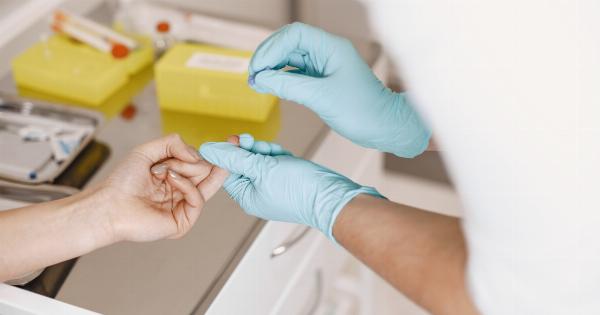During pregnancy, it’s important to monitor your blood sugar levels to ensure the health of both you and your baby.
One common test that may be recommended by your healthcare provider is the Sugar Curve Test, also known as the Oral Glucose Tolerance Test (OGTT). This test helps diagnose gestational diabetes, a condition that affects pregnant women and can lead to complications if not properly managed. In this article, we will discuss everything you need to know about the Sugar Curve Test while pregnant.
1. Why is the Sugar Curve Test conducted?
The Sugar Curve Test is conducted to screen for gestational diabetes, a type of diabetes that develops during pregnancy.
Gestational diabetes can increase the risk of complications for both the mother and the baby, including preeclampsia, preterm birth, and macrosomia (a condition where the baby grows larger than average).
2. When is the Sugar Curve Test done?
The Sugar Curve Test is typically performed between the 24th and 28th week of pregnancy.
However, if you have certain risk factors such as a family history of diabetes, obesity, or previous gestational diabetes, your healthcare provider may recommend an earlier test.
3. How is the Sugar Curve Test conducted?
The test involves drinking a sugary solution, usually containing 50 grams of glucose. Your blood sugar levels are then measured at specific intervals, usually one hour after consuming the solution.
The results help determine how your body processes sugar and whether you have gestational diabetes.
4. What should I do to prepare for the Sugar Curve Test?
Your healthcare provider will provide specific instructions, but here are some general guidelines to follow:.
– You may need to fast for a certain period of time before the test, usually overnight.
– Avoid eating or drinking anything except water in the hours leading up to the test.
– Inform your healthcare provider about any medications or supplements you are taking, as they may affect the test results.
5. What can I expect during the Sugar Curve Test?
The Sugar Curve Test is a relatively simple procedure. You will be asked to drink the sugary solution within a specific time frame, usually five minutes. Afterward, you may be required to sit and rest for the duration of the test.
Your blood sugar levels will be measured using a blood sample taken from your arm, either by pricking the skin with a small needle or using a glucose monitor.
6. What do the Sugar Curve Test results mean?
The results of the Sugar Curve Test are usually expressed in milligrams per deciliter (mg/dL). Normal values vary, but generally, if your blood sugar level is below 140 mg/dL, it is considered within the normal range.
Higher levels may indicate gestational diabetes, and further testing may be required to confirm the diagnosis.
7. What happens if I am diagnosed with gestational diabetes?
If you are diagnosed with gestational diabetes, your healthcare provider will work closely with you to develop a management plan. This may include dietary changes, regular exercise, and in some cases, medication or insulin therapy.
8. Are there any risks or side effects associated with the Sugar Curve Test?
The Sugar Curve Test is generally considered safe. However, some women may experience side effects such as nausea, dizziness, or shakiness after consuming the sugary solution. These symptoms usually resolve on their own.
In rare cases, more serious complications such as an allergic reaction or a drop in blood sugar levels (hypoglycemia) may occur.
9. Can I prevent gestational diabetes?
While there are no guarantees, you can take certain steps to reduce your risk of developing gestational diabetes:.
– Maintain a healthy weight before and during pregnancy.
– Eat a balanced diet, rich in fruits, vegetables, whole grains, and lean proteins.
– Stay physically active with regular exercise tailored to your pregnancy.
– Attend all prenatal appointments and follow your healthcare provider’s recommendations.
10. Conclusion
The Sugar Curve Test is an important screening tool to detect gestational diabetes and prevent potential complications during pregnancy.
If recommended by your healthcare provider, it is essential to follow the instructions provided and complete the test for the sake of your health and the well-being of your baby.




























